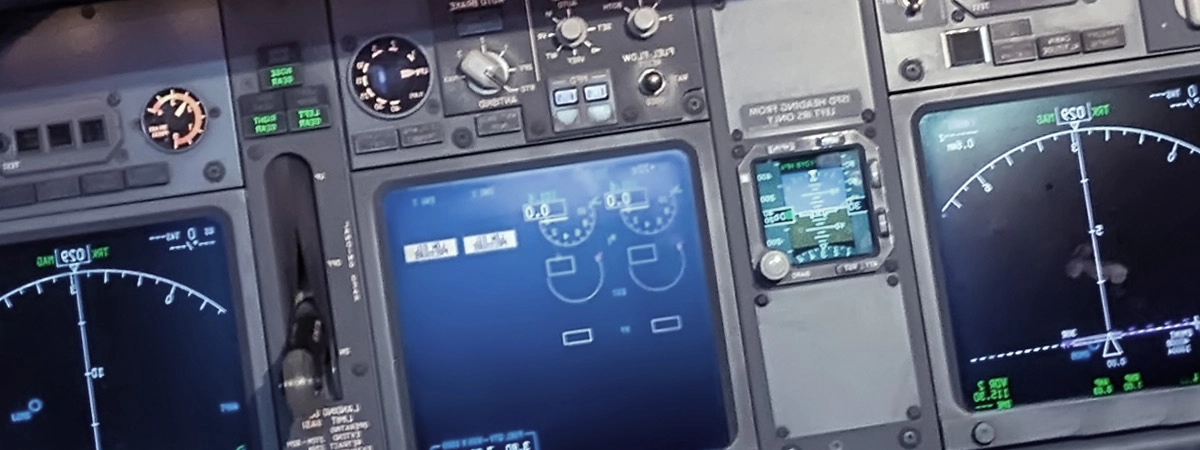ISO 22090 Shipborne Gyrocompass Performance Testing
The International Organization for Standardization (ISO) has established ISO 22090:2017, which provides the guidelines and methods for testing shipborne gyrocompasses. This standard ensures that gyrocompasses meet performance requirements under various conditions, which is critical for maritime safety and navigation.
The gyrocompass plays a vital role in marine navigation by providing true north orientation without reliance on external references such as stars or magnetic fields. The accuracy and reliability of these instruments are paramount, especially during heavy weather or when traditional methods may be unreliable. ISO 22090 specifies tests to ensure that the gyrocompass maintains its performance over time and under a variety of operating conditions.
Testing according to ISO 22090 involves multiple phases including initial calibration, constant speed tests, acceleration tests, and dynamic stability tests among others. Each phase aims at evaluating different aspects of the gyrocompass's behavior. Initial calibration checks whether the instrument can accurately point towards true north when first installed or after maintenance. Constant speed tests evaluate how well the device maintains its orientation over extended periods at steady speeds. Acceleration tests assess the gyrocompass’s ability to recover from sudden changes in acceleration, such as those experienced during ship maneuvers.
Dynamic stability tests are conducted to determine the gyrocompass's resistance to external disturbances like vibrations or changes in environmental factors. The results of these tests help ensure that the instrument remains stable and accurate even under challenging sea conditions.
The standard also includes detailed instructions on specimen preparation, which involves ensuring that the gyrocompass is installed correctly before testing begins. It specifies the types of environments where the tests should be conducted to simulate real-world scenarios accurately. These could range from calm seas with minimal interference to rough waters characterized by high winds and significant waves.
After completing all required tests, a comprehensive report detailing the findings of each phase is generated. This document serves as proof that the gyrocompass meets the stringent requirements set forth in ISO 22090. It also provides valuable insights into any areas where improvements might be necessary for future use or maintenance.
Compliance with this standard ensures not only regulatory adherence but also enhances overall operational safety and efficiency aboard ships. By adhering to these rigorous testing procedures, shipowners can have confidence that their gyrocompasses are functioning optimally, thereby minimizing risks associated with navigation errors due to inaccurate orientation data.
Applied Standards
The primary standard applied in this service is ISO 22090:2017. This international standard covers the testing methods and criteria for shipborne gyrocompasses. Additionally, other relevant standards such as IEC 61174-3, which deals with electrical equipment on ships, may also be referenced depending upon specific requirements of the client or regulatory body.
The application of these standards ensures that all tests conducted are consistent and repeatable across different laboratories worldwide. Compliance with ISO 22090 helps maintain a high level of quality assurance by providing clear guidelines for testing procedures and acceptance criteria.
Scope and Methodology
The scope of ISO 22090 covers the entire lifecycle of shipborne gyrocompasses, from initial installation to routine maintenance and periodic recalibration. The methodology involves several key steps:
- Initial Calibration: Ensures that the gyrocompass is correctly aligned with true north.
- Constant Speed Tests: Evaluates long-term performance under steady operating conditions.
- Acceleration Tests: Measures response to sudden changes in speed and direction.
- Dynamic Stability Tests: Assesses resilience against external disturbances like vibrations.
Each step is designed to assess a particular aspect of the gyrocompass’s performance, ensuring comprehensive evaluation. The methodology also includes detailed procedures for specimen preparation and environmental conditions under which tests should be performed.
The testing process begins with thorough preparation of the gyrocompass according to specified guidelines. This includes ensuring proper installation and alignment before any tests commence. Throughout the testing phases, continuous monitoring ensures that all parameters are within acceptable limits as defined by ISO 22090.
At the conclusion of testing, a detailed report is produced summarizing the results of each phase. This document serves multiple purposes including compliance verification, identifying areas needing improvement, and providing evidence for regulatory bodies if required. The report typically includes raw data from tests along with interpretations based on ISO 22090 criteria.
Industry Applications
The application of ISO 22090 shipborne gyrocompass performance testing is widespread within the maritime industry. This service supports various applications critical to maintaining safe and efficient operations:
- Nautical Charts and Sailing Directions: Accurate orientation provided by gyrocompasses ensures precise plotting on charts.
- Route Planning: Reliable data from gyrocompasses enables better planning of ship routes, enhancing safety and reducing fuel consumption.
- Maintenance Schedules: By ensuring regular testing, potential issues can be identified early, preventing failures during critical operations.
- Training Programs: Testing results contribute to educational materials used in training personnel responsible for maintaining and operating gyrocompasses.
Beyond immediate operational benefits, compliance with ISO 22090 enhances the reputation of shipowners and operators. It demonstrates commitment to safety standards recognized globally, which can influence insurance premiums and attract more business opportunities.





